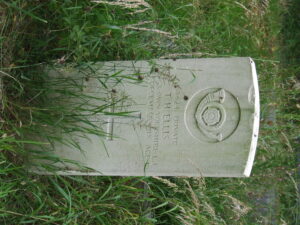George Edward Spindler, R.A.F
Most people will be familiar with the surname Spindler. Nellie Spindler, a QAIMNS nurse during WWI, is a name that resonates with many. However, her brother, George Edward Spindler, is a lesser-known figure whose story awaits discovery.
George Edward and Nellie were the children of George Kealey Spindler, a police inspector, and Elizabeth nee Snowden. The family lived at 104 Stanley Road in the parish of St Andrew’s.
We know about Nellie’s time as a nurse, training in Wakefield, then moving to train in Leeds at what is now St James’s Hospital and her time as a military nurse. But her brother George Edward seems to have been overshadowed by his sister.
George was born in June 1901, too late to be included in the 1901 census. However, he was there as an 8-year-old student in the 1911 census. George attended the Cathedral School and, according to the Wakefield and West Riding Herald of 12th March 1910, received a prize from Vicar and Mrs Welch along with many other students.
Following his education, George worked as a general fitter. His place of work is still being determined.
In September 1919, the 18-year-old, 5′ 2″, George Edward, joined the RAF. It is relatively short in height for an 18-year-old to join the services, but there may have been no objection after the last few year’s events.
George Edward had dark brown hair, grey eyes, a pale complexion, and no wounds, scars, or marks. In 1923, according to his record sheet on Fold3, a subsite of Ancestry, he was transferred to the RAF Reserve.
What happened to George Edward?
In 1924, George Edward was living at 35 Prospect Street, Rothwell.
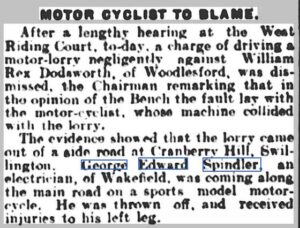
Yorkshire Post August 1928
The Yorkshire Post of 14th August 1928 has a small piece of information. ‘Motor Cyclist to Blame – After a lengthy hearing at the West Riding Court, today, a charge of driving a motor-lorry negligently against William Rex Dodsworth, of Woodlesford, was dismissed, the Chairman remarking that in the opinion of the Bench, the fault lay with the motor-cyclist, whose machine collided with the lorry. The evidence showed that the lorry came out of a side road at Cranberry Hill, Swillington. George Edward Spindler, an electrician of Wakefield, was coming along the main road on a sports model motorcycle. He was thrown off and received injuries to his left leg.’
When George Edward enlisted, he said his address was 104 Stanley Road, Wakefield and that his mother, Elizabeth (Lizzie) Spindler, was to be informed if anything happened to him.
336746, Leading Aircraftsman Spindler was Discharged from service in May 1930 after nearly ten and a half years of service.
The years passed, and on 8th April 1936, George Edward married Annabella Roberts (a spinster) in Wakefield. The same record that gives information of George Edward’s discharge also includes, written on the border, information on two children – George Laurence, born on 24th June 1931, and Margaret Rose, born on 30th October 1934.
The dates of his marriage and his children’s births are not consistent. That doesn’t always matter, but in this case, it might. George had been married previously to Hilda Davies, who died in 1935. With two young children, what should George Edward do? So, in the summer of 1936, he married Hannah Bella (Annabella) Roberts, who, in April, had been living at 403 Aberford Road, Rothwell. Two short years later, he enlisted in Section II, Class ‘E’ Reserves, for four years from the 29th March 1938 at Thornaby. Hence, the reason his service record had been updated. However, one child should be mentioned on the updated record and isn’t.
I did one last search for George Edward and his family. I suspected that as he was now back on the reserve list, and we were talking early 1939, George Edward would not be on the Register – he wasn’t. His family, well at least his wife, would not be redacted. Hannah Bella Spindler. I looked for her in various search formats – her full name, birth year and Wakefield; her surname plus birth year. I had spent quite a while looking for her, and she was nowhere to be found. After a short break, I decided on one last look for Hannah Bella. The search criteria were just ‘Hannah Bella’, ‘1903’, and ‘Yorkshire’. I’d even widened the city search to a county search. I was ready for another long and fruitless search. Then, there she was, ‘Hannah Bella Skindler’. Hannah Bella lived close to 104 Stanley Road, at 11 Tavora Street. There were, as I thought, two redacted entries. At least I found her.
After the war, family life regained some form of normality for George Edward, Hannah Bella and their children.
George’s father. George Kealy Spindler died in June 1940. His wife, Elizabeth, nee Snowden, followed shortly after in December 1941.
George Edward died in 1983, and Hannah Bella died in 1995. The couple and one of their sons rest in what is locally known as Sugar Lane Cemetery.
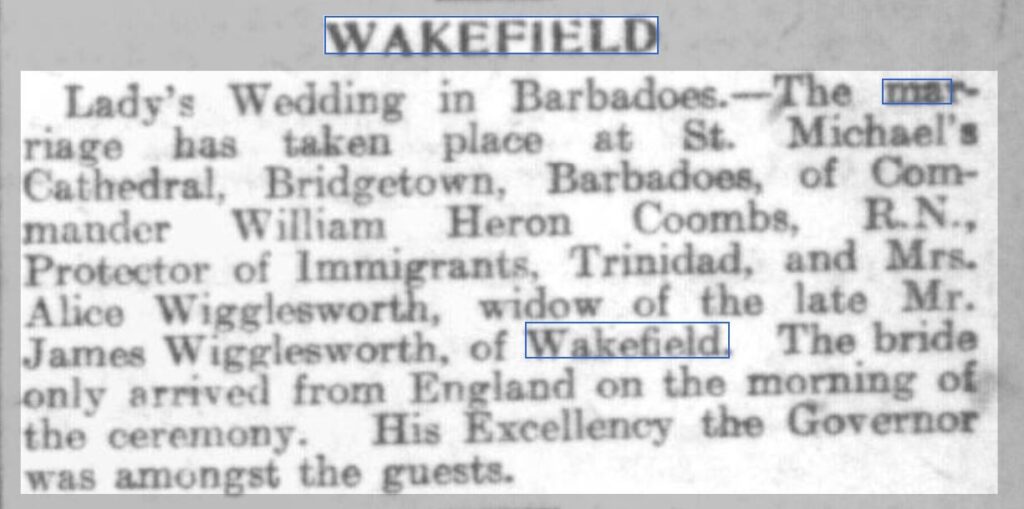

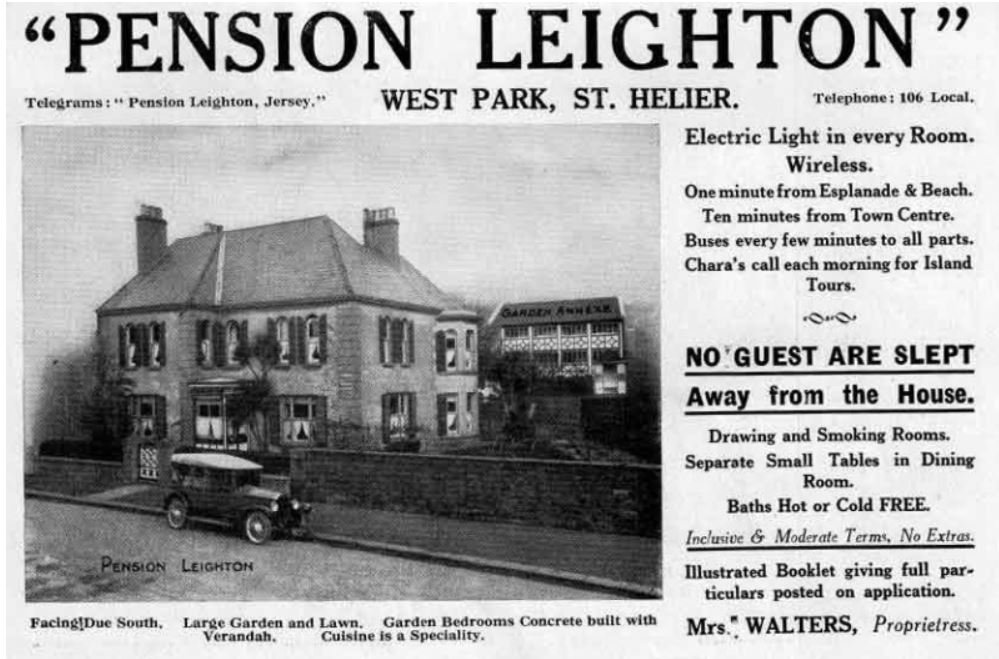
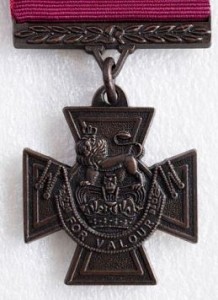
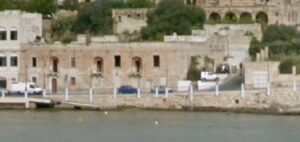
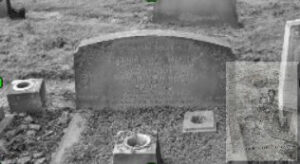
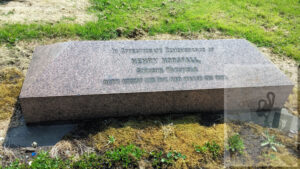 A granite memorial in shades of pink, white and grey – a solid structure yet simple in its design and wording ‘In Affectionate Remembrance of Henry Horsfall, Surgeon Wakefield. Born August 20th 1817. Died March 13th 1898.’
A granite memorial in shades of pink, white and grey – a solid structure yet simple in its design and wording ‘In Affectionate Remembrance of Henry Horsfall, Surgeon Wakefield. Born August 20th 1817. Died March 13th 1898.’